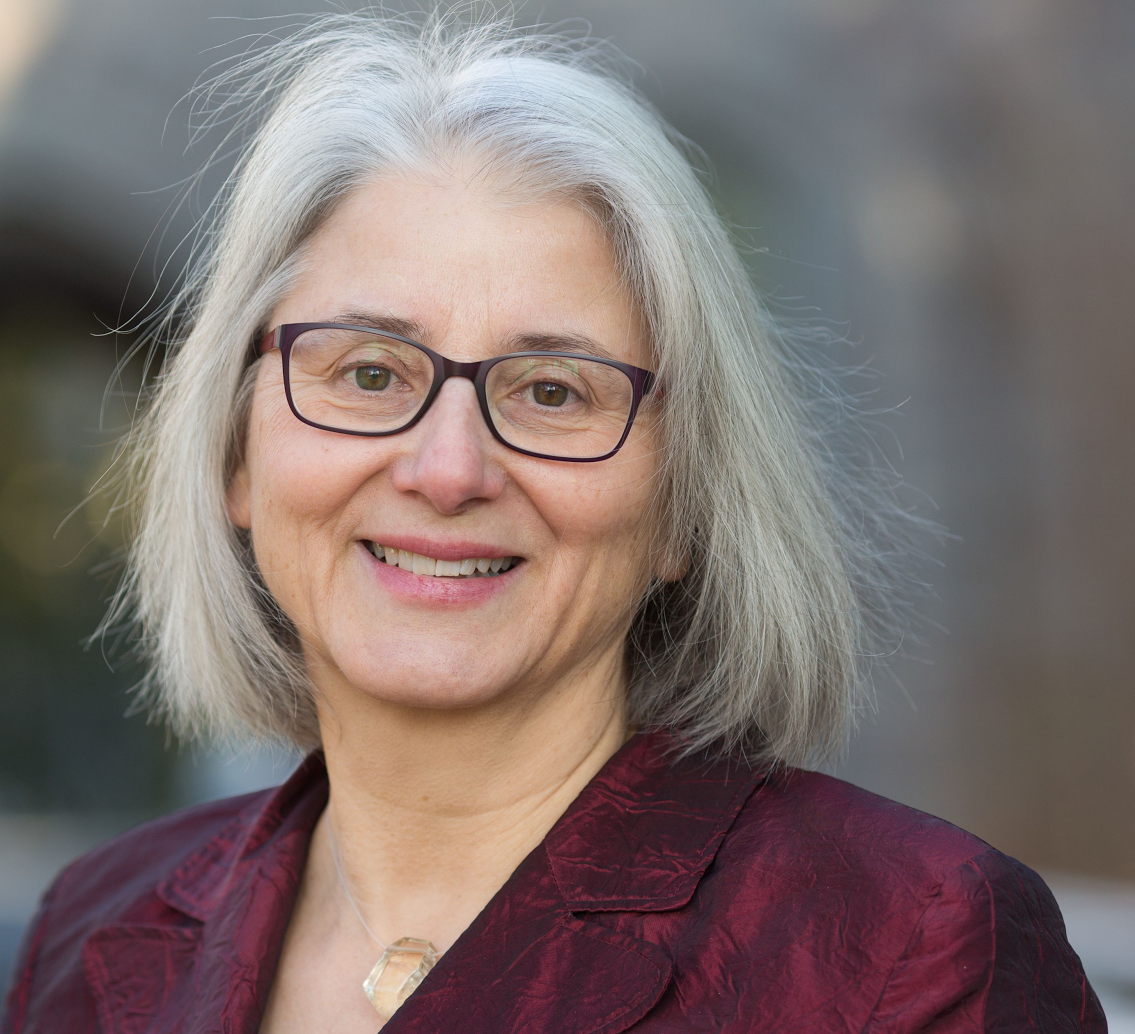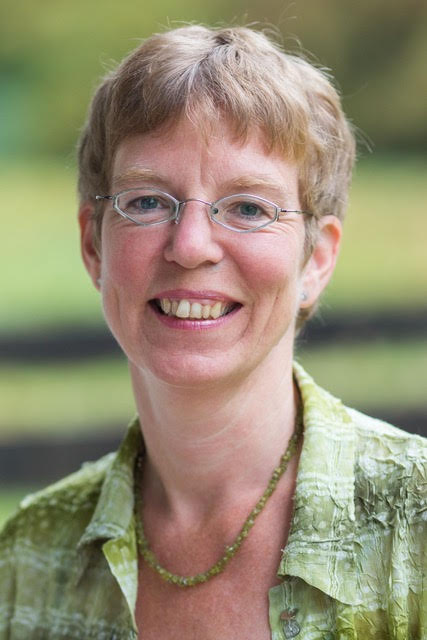By Gertraud Wegst and Dorothee Bornath for Enlivening Edge Magazine
Part 1 of this series can be read here.
In many organizations the longing for wholeness, more appreciation, a sense of purpose, and – at least to some extent – self-management is noticeable, even in those organizations that are not aware of the Teal or Reinventing Organizations context.
Appreciative Inquiry is a value-oriented change and development process that starts and is based on creating a safe space in which people feel seen and appreciated as whole human beings. On this basis they are able to contribute fully, listen into their shared purpose and create the desired future in a more and more self-managed way.
All three Teal breakthroughs Wholeness, Evolutionary Purpose and Self-Management are so to say in-built qualities in the AI processes. And since it is a neutral process, any theme, as well as the breakthroughs themselves, can be addressed as a core-theme.
The process in which the power and energy of appreciation and the three breakthroughs unfold, is the so called “4-D-Cycle”. It is the script for change:
- Discovery: Exploring and understanding what is working well and where the potentials can be found – corresponding with Teal pillar: Wholeness
- Dream: Inventing and designing how it could be at best, if all potentials are activated – corresponding with Teal pillar: Wholeness & Evolutionary Purpose
- Design: Designing a bridge into the desired future – corresponding with Teal pillar: Evolutionary Purpose
- Destiny: Realizing the desired future in a sustainable way – corresponding with Teal pillar: Self-Management
Now we are going to explain more about phase one and phase two. In Part 3 of this series of articles, phases three and four will follow.
Discovery – Exploring and understanding what is working well
Main corresponding Teal pillar: Wholeness
This phase is about bringing into awareness the strengths and potentials of each individual and the whole system and to use them in a way to find solutions. It is a journey into looking at the resources, successes and highlights that have been experienced in the past.
This happens through an “Appreciative Interview” conducted between two persons within the system as the beginning of the AI process. This is the basis and core of every AI process.
The goal of these interviews is to express the positive qualities of the people and the organization and to recount stories about experiences and events in the defined fields of concern that are connected with the best feelings, results and memories.
These feelings and memories, the personal stories where the power comes from (we call them “power stories”), are the fertile soil on which the future flourishes and thrives. Therefore, in the guidelines for the interview much emphasis is put on the appreciative way in which the interviewee needs to be listened to. The space in which the interview is conducted is crucial. People need to feel safe, listened to, appreciated, and welcome such that they are willing and inspired to share their stories and contribute to the whole.
The interview guide is created with the work group that represents the system, and prepares and supports the whole process. The interview includes questions for personal appreciation about the core themes that have been agreed on in the Define phase, and an inspired look into the desired future.
The interviews are usually an inspiring experience for both partners. The involved persons not only open up and get closer but also the sharings often touch deeply. The interviewee is empowered to show up as a whole and inspired by his/her own replies. In this environment, the already existing skills and potentials are seen and appreciated.
Those stories get shared in a group of two or three interview pairs and the most inspiring of them are then shared in the plenary session. Depending on the size and scope of the AI process, some companies choose to give the opportunity to publish them in the intranet, on a board, or whatever they see appropriate. Being aware of these wonderful success and “power” stories in the organization enables all participants (and people beyond) to draw from them.
After the sharing, the power factors that create vitality and power as well as the underlying values are identified. This way, they can be used by everyone and the whole system.
The power of the stories told and the “power factors” build the fundament and the driving energy for all further steps. The past becomes a source from which positive possibilities for the future can be drawn.
Interviews grant a safe space in which people feel seen, listened to, accepted and are open to express themselves with all aspects of who they are. This is a turning point for many. It is not about collecting nice stories, but to see and find out how many resources and possibilities are already at hand to deal with the challenges ahead.
The success and the potency of Appreciative Inquiry can now also be explained by neuroscience: People engage in development and change, if they are invited, encouraged, and inspired. They need the possibility to be impactful. All this is fulfilled through Appreciative Inquiry! People become aware of their contributions and strengths. They see their contributions valued and remember that they already have strengths at hand to rely on. The more people get this about themselves, the better they can also accept and deal with weaknesses.
The Discovery phase is complete when out of each “power story” success factors have been distilled in the small groups and shared in the plenary. These are most valuable to further the process. You could call them the “paint” with which the desired future gets painted in the next phase.
Dream: Inventing and designing how it could be at best, if all potentials are activated
Main corresponding Teal pillars: Wholeness & Evolutionary Purpose
Out of what was shared and seen from the interviews, participants sense the power of the already-existing resources that now build the bases for further steps.
The focus lies on the question: What does a preferably optimal future look like?
Now wishes are deepened and pictures and visions drawn of what and how it could be. The earlier detected power stories and positive experiences grant the resources, “the colours,” with which the pictures of the future are painted. What treasures and strengths shall be carried into the future?
The future emerging here is rooted in the soil and is realistic as well as visionary. It is grounded in examples of the past and at the same time opens up new avenues. A positive, challenging, attractive, and at the same time reachable picture of the future arises.
For this phase participants use different creative elements and methods (i.e. vision journeying, painting, collaging, dancing) to draw their desired future, alone or in groups, and share them with the system. Out of those a “Collective Verbal Picture” is created. This is a text which describes the dream of the desired future that connects the group in a concrete and inspiring way. This way people show up with their whole being (including both hemispheres) and their longing for a desirable future, individually and collectively.
Here people are free to fully express themselves, bringing their full potential and a new level of energy, passion and creativity to the process. People get inspired by themselves and a possible future built on the success factors and all what is already there.
In this process people get a sense of their longing, their desires, and what they are drawn to – that which is calling to be manifested through them in the world. In their personal and collective dreams it becomes obvious what could be possible and where they really want to go as a system infused by their personal dreams and inspirations. The “Collective Verbal Picture” supports this process and so the purpose for the project, the team, the department, the organization becomes more and more visible.
We might use an analogy here to describe where the system is now in the AI process: architects actually want to build their new office building. Everyone has his/her own dream about the place, and has even drawn a picture that might not look like any of the others. Now they need to get clear on what they want as a group, to plan and build it. So in Part 3 of this three-part series of articles you will see the architects at work, designing and planning the construction management. You will see how the work till now supports and leads to actually designing the desired outcome, planning the implementation, and actually fulfilling on it, on a sustainable basis.
 Gertraud Wegst Appreciative Inquiry practitioner + trainer, Master Coach and coaching trainer, contributor to Reinventing Organizations Wiki and Teal for Startups group.
Gertraud Wegst Appreciative Inquiry practitioner + trainer, Master Coach and coaching trainer, contributor to Reinventing Organizations Wiki and Teal for Startups group.
Led a dietetic centre for binge eaters, 4 nursing homes with 600 tenants with staff from more than 10 different countries and was Practice Leader Germany of an international management consulting firm. Lead Link of Die Wertschätzer E-mail gertraud.wegst@

Dorothee Bornath Holacracy practitioner + Sociocracy training, Coach, Appreciative Inquiry practitioner + trainer and facilitator of large group interventions in organisations and public participation. Created together with Gertraud and other colleagues Die Wertschätzer (The Appreciators) – Coaching, Training, Consulting – with an AI process. Role of Organization Evolution in Die Wertschätzer E-Mail dorothee.bornath@




